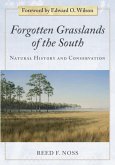
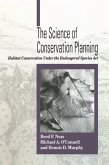
Ähnliche Artikel


10,99 €
inkl. MwSt. und vom Verlag festgesetzt.
Sofort per Download lieferbar
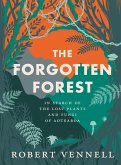
12,99 €
inkl. MwSt. und vom Verlag festgesetzt.
Sofort per Download lieferbar
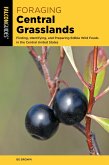
17,95 €
Sofort per Download lieferbar
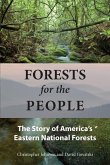
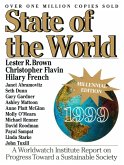

19,95 €
Sofort per Download lieferbar
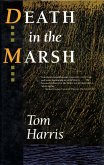

eBook, ePUB
22. Juni 2012
Island Press

Ähnlichkeitssuche: Fact®Finder von OMIKRON
